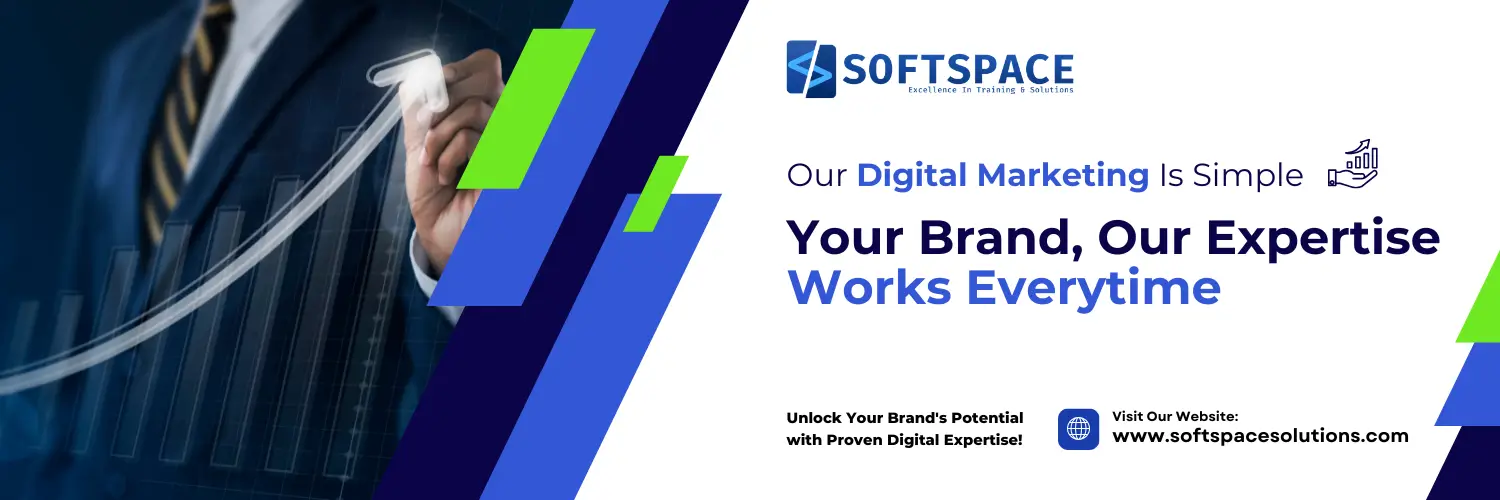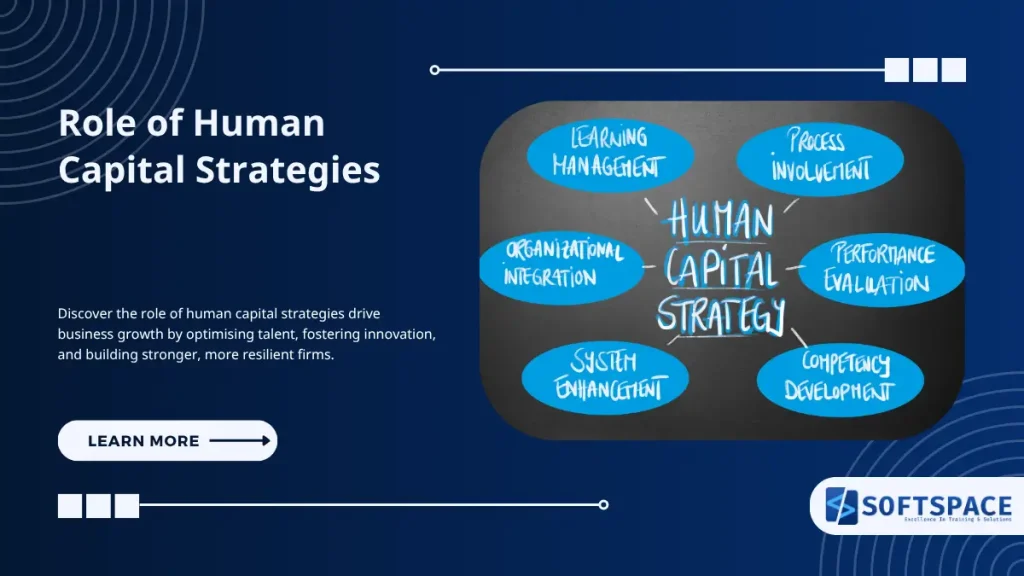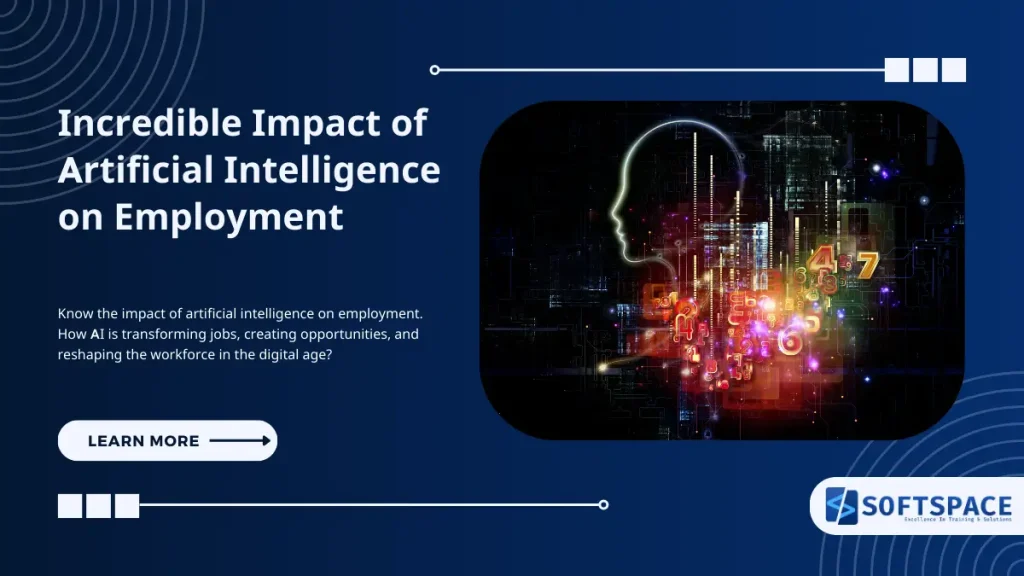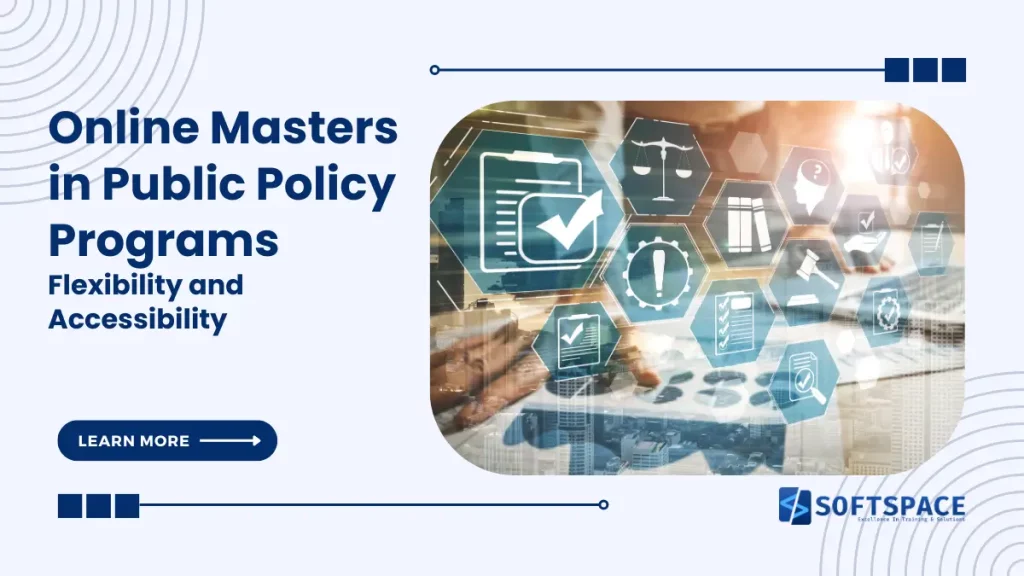In today’s rapidly evolving business landscape, companies are increasingly recognising that their most valuable asset is not their product or service, but their people. As industries undergo digital transformation and the demand for innovation continues to grow, businesses must rethink traditional models of success. The key to unlocking sustainable growth and maintaining a competitive edge lies in human capital—investing in and nurturing the potential of employees.
In this blog, we’ll explore the vital role of human capital strategies in building stronger, more resilient businesses. From talent acquisition to employee development, these strategies are not only about managing resources but also about cultivating an environment where people thrive and contribute to the broader organisational mission.

What is the Role of Human Capital Strategies?
For any organisation, the most critical factor driving lasting growth and innovation is not the products or the technology at its disposal, but its people. Human capital represents the sum of knowledge, skills, creativity, adaptability, and potential found within every individual working at a company.
These collective attributes drive productivity improvements, foster resilience in harsh economic climates, and spark breakthrough innovations. The concept of human capital extends far beyond recruitment, encompassing everything from ongoing training and mentorship to succession planning and culture development.
When businesses recognise the elements of HCM (Human Capital Management), they build a strong foundation for developing workplaces where people and profits flourish.
The value of effectively managed human capital is supported by considerable research: companies that prioritise people significantly outperform their peers in revenue and profitability.
According to Investopedia’s overview on human capital, investing in employee skills and growth provides a consistent advantage, leading to improved productivity, adaptable teams, and stronger organisational cultures.
These are key to weathering change and leveraging new opportunities. In fast-moving industries and uncertain markets, it’s clear that an intentional approach to human capital management is no longer optional, but essential for long-term organisational health.
Strategic Priorities in Human Capital Management
The most admired organisations don’t just focus on attracting excellent talent—they invest deeply to retain, nurture, and empower people throughout their entire employment journey.
Strategic human capital management involves looking beyond initial hiring and prioritising leadership development, broad-based upskilling opportunities, and employee well-being programs.
When organisations provide tailored professional development, transparent feedback, and clear pathways for advancement, team members are far more likely to remain engaged and loyal.
- Designing ongoing learning and development programs tailored to evolving skill needs
- Promoting fairness and transparency in career growth and recognition
- Structuring compensation and benefits to reflect both market value and employee needs
- Introducing flexible work policies to support wellness, work-life balance, and diversity
Current research, such as McKinsey’s analysis of HR trends, demonstrates that companies aligning their HR priorities with evolving business strategies are rewarded with higher productivity, lower turnover, and the enviable ability to pivot rapidly when the market shifts.
Setting clear priorities isn’t a one-time task, but an ongoing practice that calls for regular review of people’s needs and business objectives.
How Technology Supports People-Focused Strategies
EverTechnology has become a pivotal enabler for more intelligent, more people-centric management.
Human in every sector, Resources Information Systems (HRIS), Learning Management Systems (LMS), and AI-powered recruiting tools streamline time-consuming administrative tasks—from managing payroll, attendance, and compliance, to screening resumes and monitoring individual and team performance.
These advances free HR professionals to focus on building culture and fostering growth instead of routine paperwork.
For instance, modern cloud-based platforms let employees access training modules, feedback tools, benefits information, and communication channels from anywhere, enhancing transparency and accessibility. Advanced analytics can reveal vital patterns in employee engagement, pinpointing where intervention is needed before morale or retention suffers.
The organisations that best capitalise on these tools often see faster onboarding, improved productivity, and more effective use of resources—a win-win for employees and employers alike.
Driving Employee Engagement for Better Results
Engagement is more than a buzzword—it’s a defining factor in how well people contribute to their organisation’s success. Highly engaged employees are enthusiastic, committed, and invested in the company’s vision. This enthusiasm translates directly to measurable bottom-line results.
Gallup’s research into workforce engagement consistently shows that organisations with strong engagement programs see 21% greater profitability and as much as 17% higher productivity compared to disengaged counterparts.
What drives engagement? Open communication, accessible leadership, meaningful work, and reward systems that recognise both individual and team accomplishments.
In practice, this looks like regular check-ins, prompt acknowledgement of contributions, and access to skill-building resources. For example, organisations embracing flexible schedules or remote work options often find their employees more focused, creative, and resilient.
This positive pattern benefits everyone, fueling a virtuous cycle of growth and innovation.
The Influence of Leadership on Human Capital
Leadership, for better or worse, sets the tone for how human capital is understood and developed within an organisation. High-impact leaders are more than just managers—they are role models, mentors, and visionaries communicating a shared purpose.
Teams with leaders who listen, offer direct support, and foster autonomy tend to be more agile and innovative, responding positively to new opportunities and changes.
How Leaders Can Boost Human Capital
- Facilitating genuine two-way conversations, encouraging feedback from everyone.
- Investing time in professional growth through coaching, mentoring, and sponsorship
- Consistently recognising and celebrating both small and large achievements
- Aligning team missions with individual talents and passions, increasing motivation
Organisations that equip their leaders with training in empathy, communication, and adaptability find that their people are more likely to stay long-term, overcome adversity, and contribute to the business’s goals more effectively.
Why Diversity and Inclusion Matter
A genuine focus on diversity and inclusion transforms workforces and outcomes. Companies with teams with various backgrounds, perspectives, and experiences are nimbler, more creative, and more prepared for complex challenges.
Harvard Business Review’s research on diversity highlights that inclusive organisations are up to 35% more likely to outperform competitors financially, showing just how profound the impact can be.
Inclusion goes beyond policies; it ensures every voice is heard and valued. Mentorship for underrepresented groups, diversity-focused hiring panels, and safe spaces for open dialogue all play vital roles.
When people feel they belong and are encouraged to bring their whole selves to work, engagement, innovation, and loyalty all surge, strengthening the company culture from within.
Measuring Success in Human Capital Efforts
Determining if a human capital strategy is working requires consistent measurement. The following indicators help paint a picture of progress and point out areas needing attention:
- Turnover and retention rates: High retention means employees feel satisfied, valued, and invested.
- Employee satisfaction surveys: Regular surveys highlight what’s going well and where support is needed.
- Upskilling and training: High completion rates show a commitment to growth and adaptation.
- Performance metrics: From sales to customer satisfaction, tie business outcomes directly to people-centred initiatives.
It’s essential to combine data-driven insights with qualitative feedback. Anonymous employee comments, focus group discussions, and real-life success stories bring context to metrics, ensuring human capital strategies are always closely aligned with people’s real-world needs.
Emerging Trends Shaping the Future of Work
The landscape of work is constantly shifting. Remote and hybrid models, the prioritisation of mental health and wellbeing, and a growing demand for lifelong skill development are all reshaping what it means to be a successful organisation. Companies that remain flexible, curious, and proactive in these areas are more likely to attract and retain top talent.
While technology will continue to change how we connect and collaborate, one thing remains unchanged: Businesses that put people at the centre—investing in every employee’s growth, potential, and well-being—lay the groundwork for resilience and growth for years to come. Human capital is, and will always be, the primary driver of sustainable success.
To Conclude
Building a strong business is no longer just about financial acumen or market positioning; it’s about empowering the people who make it all possible. By adopting thoughtful human capital strategies—focused on recruitment, development, and retention—companies can build a culture of innovation, resilience, and collaboration.
The return on investment in people is immeasurable, with the most successful organisations proving that when employees are nurtured, supported, and given opportunities to grow, the entire business benefits. In a world where adaptability and innovation are the driving forces behind success, investing in your people is the smartest strategy of all.

13+ Yrs Experienced Career Counsellor & Skill Development Trainer | Educator | Digital & Content Strategist. Helping freshers and graduates make sound career choices through practical consultation. Guest faculty and Digital Marketing trainer working on building a skill development brand in Softspace Solutions. A passionate writer in core technical topics related to career growth.



